SPECIAL REPORTS
Looking at a hundred years of workers
In the 19th century, as wage labour relations became widespread in different sectors, crafts, agriculture and then industry, both the capital and the working class in the Ottoman Empire, which, like every empire, was built on a class society, had a multi-communal, multi-religious and multi-lingual structure. According to Çetinkaya, there is a rupture that must be mentioned here: ‘the construction of the nation-state, the process of nationalisation and the extermination of different communities in various ways through methods such as ethnic cleansings, genocides and exchange’. This political project also meant cutting off important elements from the working class and the working class movement, and cutting the way for socialist and Marxist movements.
The psychology that minorities are pushed to, minorities in psychology
In which year was the first graduate thesis on the Kurdish issue in psychology? You are surprised by this much: 2009. This information is from the issue titled “Azınlığın Psikolojisi, Psikolojinin Azınlığı (Psychology of the Minority, Minority of Psychology)” of Onto magazine, which has been publishing online since 2013. The issue, which consists of nine articles and an interview with the team of Psychology Kurdî magazine, is also meaningful and thought-provoking for readers outside the field. Rudi Sayat Pulatyan's article titled “Identity Perceptions of Young Armenians from Turkey and the Assassination of Hrant Dink” is based on his thesis based on her own experiences. Hiding the cross, having a “safe” Turkish name next to the Armenian name are among the lively tendencies.
“The burden of the unspoken rests on our shoulders”
A series of events were organized as part of the 1000th week of Saturday Mothers' gathering in Galatasaray Square. One of them was the screening of a movie directed by Zelal Buldan, who was born on the day her father Savaş Buldan was killed. In the film 'About My Father: Catharsis', the director deals with her father, the silence that prevails at home due to her father's grief, and the search for ways to talk about the unspoken with her mother Pervin Buldan.
War is over, peace still far away
On September 19, Azerbaijan launched a military operation against Nagorno-Karabakh. A ceasefire was reached on September 20 as the Nagorno-Karabakh (Republic of Artsakh) administration accepted the conditions. Right after the ceasefire, Karabakh Armenians took refuge in Armenia. After the war that followed the 9-month blockade imposed by Azerbaijan on Nagorno-Karabakh, 100 thousand ethnic Armenians had to leave their homes and took refuge in Armenia along with only a few belongings. Some of the displaced Karabakh (Artsakh) Armenians had a place to go in Armenia. However, a significant portion of them found themselves homeless and without a future. Pakrat Estukyan and Berge Arabian from Agos, travelled throughout Armenia in a one-week journalistic trip, meeting with displaced persons and non-governmental organisations. Agos will publish Estukyan's impressions and Arabian's photos as a series of articles. This week's coverage features interviews and impressions from the last day of the trip to Armenia.
Losing the homeland once again
On September 19, Azerbaijan launched a military operation against Nagorno-Karabakh. A ceasefire was reached on September 20 as the Nagorno-Karabakh (Republic of Artsakh) administration accepted the conditions. Right after the ceasefire, Karabakh Armenians took refuge in Armenia. After the war that followed the 9-month blockade imposed by Azerbaijan on Nagorno-Karabakh, 100 thousand ethnic Armenians had to leave their homes and took refuge in Armenia along with only a few belongings. Some of the displaced Karabakh (Artsakh) Armenians had a place to go in Armenia. However, a significant portion of them found themselves homeless and without a future. Pakrat Estukyan and Berge Arabian from Agos, travelled throughout Armenia in a one-week journalistic trip, meeting with displaced persons and non-governmental organisations. Agos will publish Estukyan's impressions and Arabian's photos as a series of articles. This week's coverage features interviews and impressions from the third day of the trip to Armenia.
Public Commemorations of the Armenian Genocide in İstanbul: A light of hope?
In the early 2000s, the Armenian Genocide was commemorated publicly in Turkey. Today, it is not. Remembering changes those who remember. Drawing on archival research and interviews with people who participated in and even initiated such commemorations, I ask about the origins of such activism, what it represented, what happened, and what might come next. I then offer recommendations, in hope of deepening and making my own contribution to memory activism in Turkey.
Sourp Asdvadzadzin as Cathedral, Prison and Mosque in Aintab
Tamar Gürciyan successfully defended her thesis entitled "An Investigation to the Adaptive Reuse of Late Ottoman Armenian church in Aintab, Surp Asdvadzadzin church/Liberty Mosque" at the Technical University of Berlin. With this thesis, Gürciyan carried out a comprehensive study on the transformation of the Surp Asdvadzadzin Church in Antep. Parrhesia Collective had an interview with Tamar Gürciyan about her thesis.
Speaking ineffable
Academics Erol Köroğlu has authored an article, entitled “Speaking ineffable”, in the news portal Artı Gerçek about evil, talking about evil in which he puts the Armenian Genocide and the treatment of Armenians in the Ottoman Empire and Turkey as the context of his discussion.
Ferlinghetti’s legacy: the freedom outside echo chambers
Echo chambers are bad for democracy and public health. This is precisely where the legacy of the late poet and artist Lawrence Ferlinghetti offers hope for Turkey and the world to open up echo chambers and build genuine democracies.
Herkan: Remembering the power of indigeneity
Herkan. She had one of those special names I had never heard before... It must be one of those old Armenian names, like the ones which I had only come across in the mid-19th century archival documents. She was the mother of four children and my admiration of her started when I got to know her one and only daughter. I had first met her daughter more than 25 years ago, when I was 16 and she was 48. We lost tracks of each other until reconnecting recently all these years later. I had not remembered her name, I had not remembered where I first met her, but I remembered how much I loved her. A heart full of love, which she inherited from her mother Fatma-Herkan. Now on the occasion of the 8th of March, I write to bring Herkan’s legacy into the present, as it whispers a long-lost song into our ears, one that we all recognize.


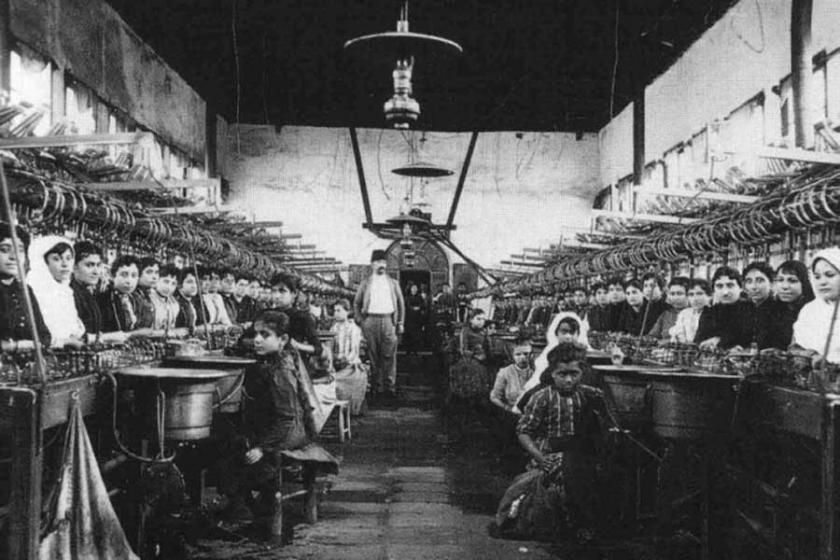

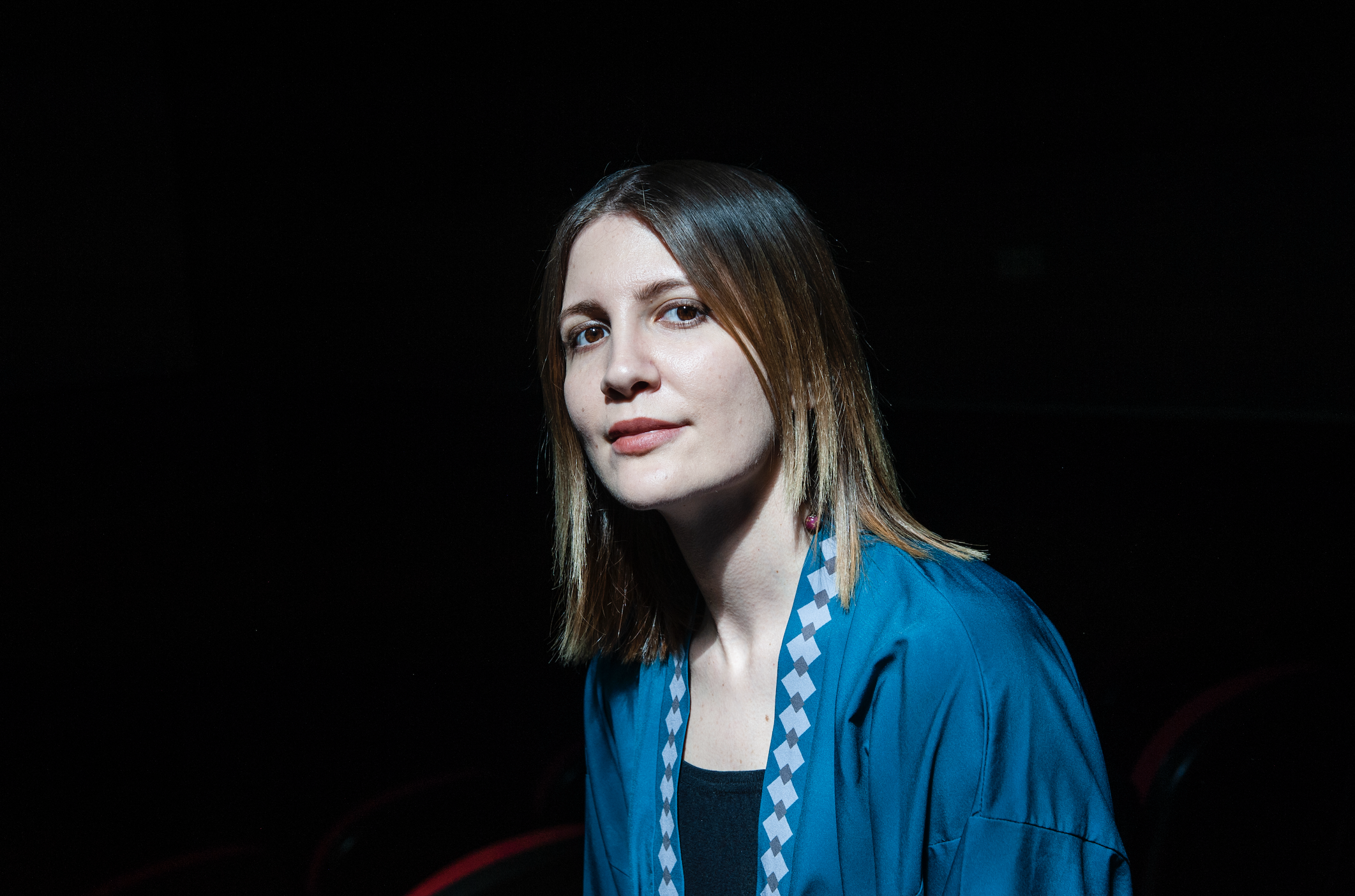
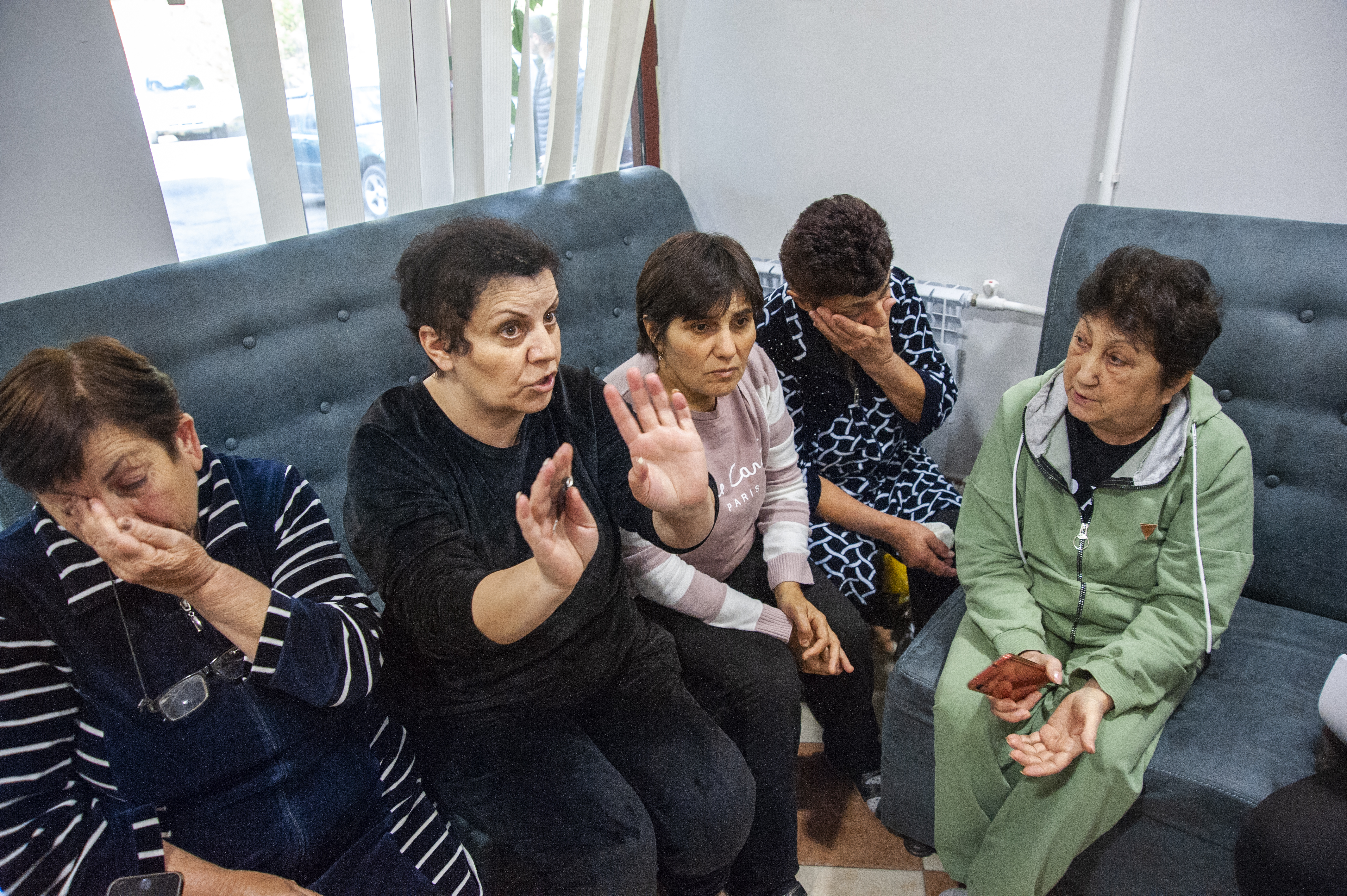
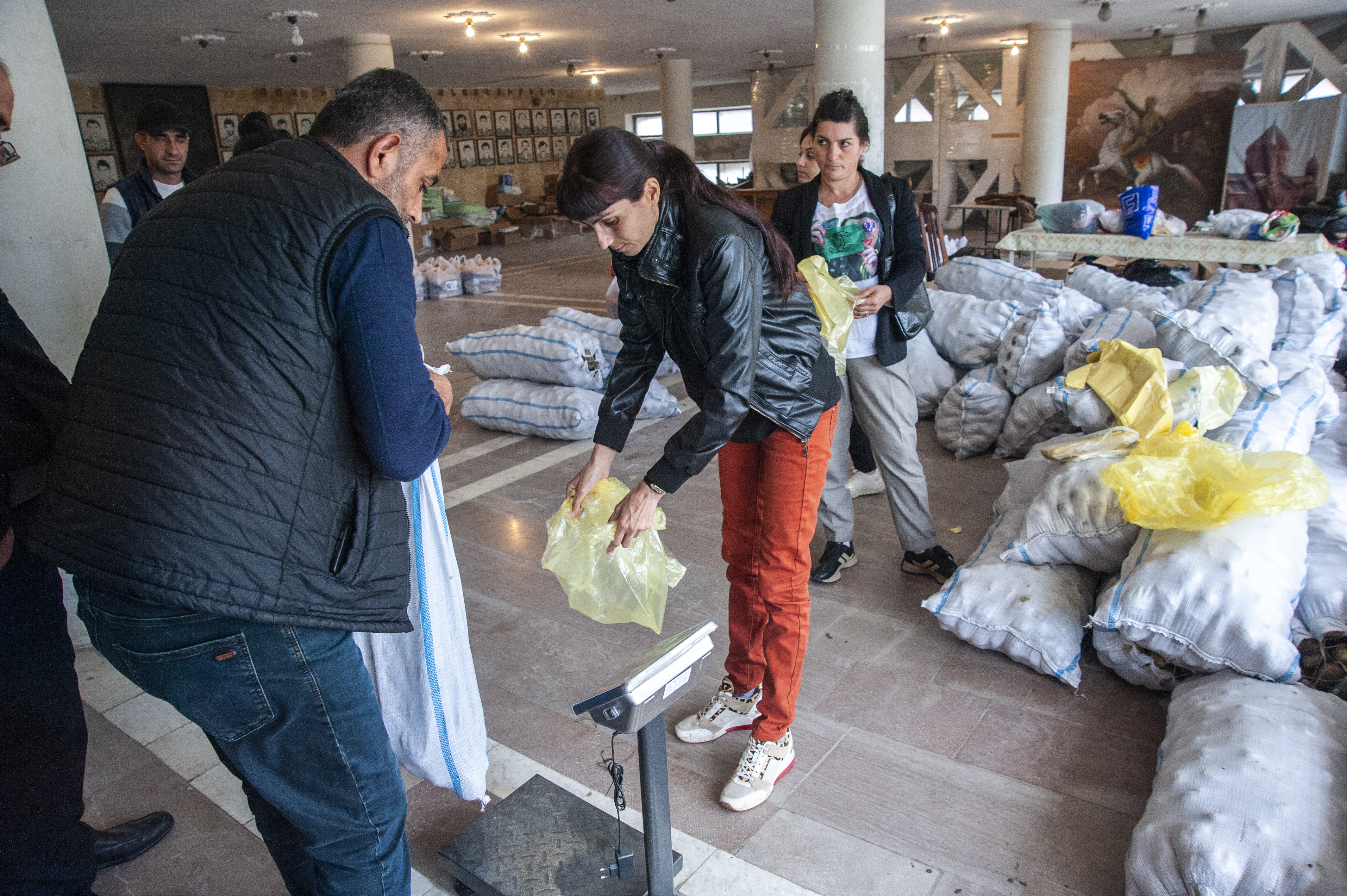
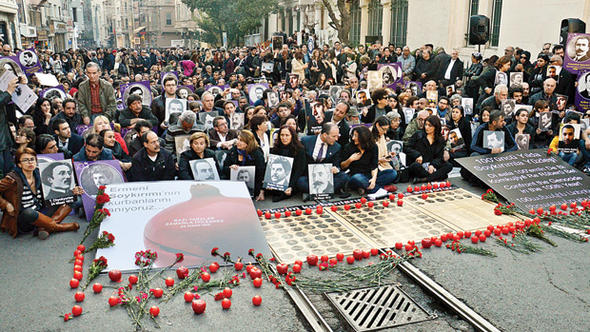
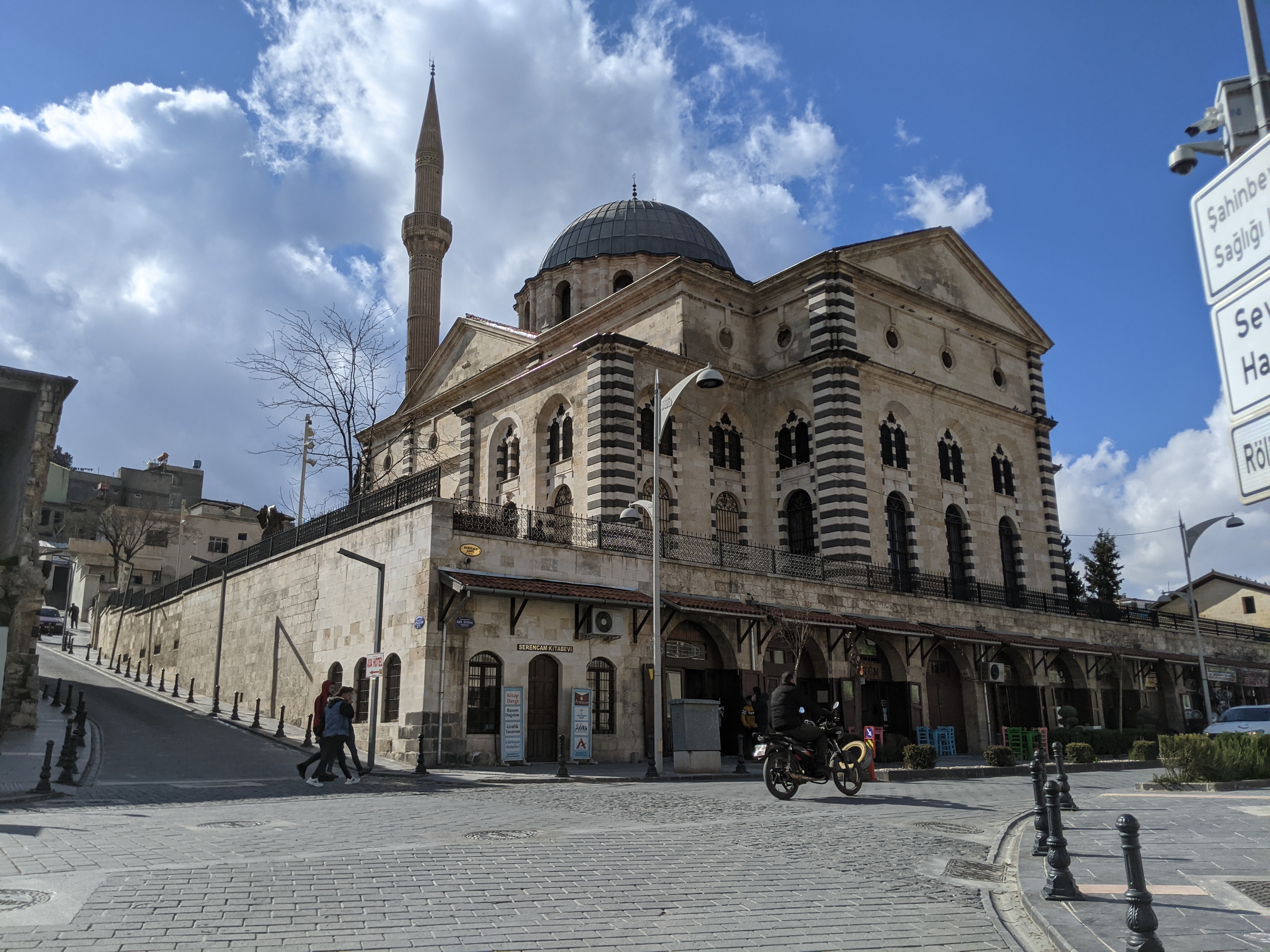
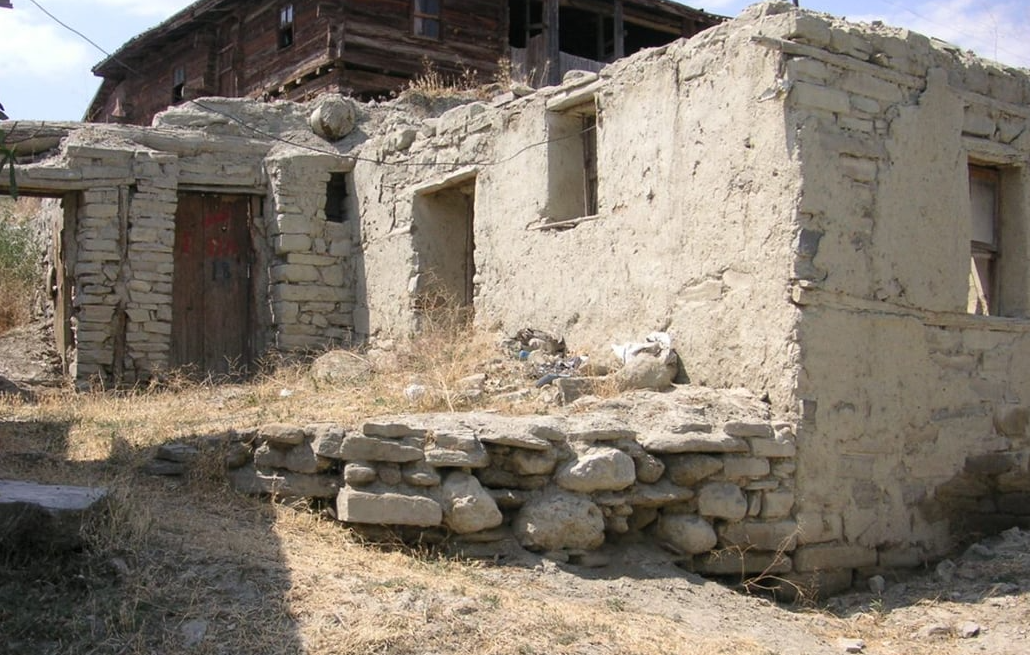

 (Houshamadyan arşivi).jpg)